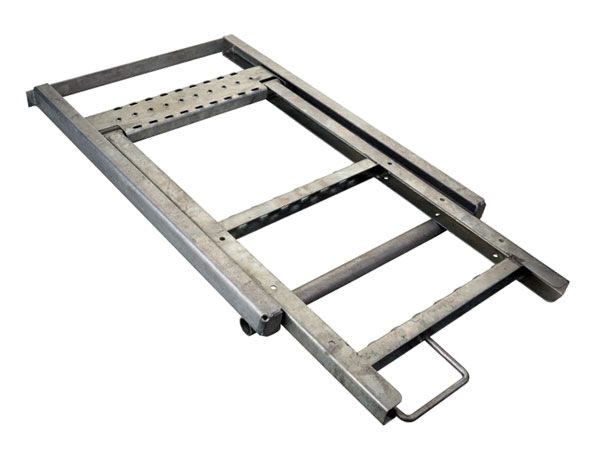Trailers are the backbone of the transportation and logistics industry, trusted every day to move cargo across cities, states, and countries. From commercial goods to heavy machinery, trailers carry a significant share of the world's freight—making their safety, durability, and functionality absolutely essential.
But what ensures that a trailer can withstand the demands of long-distance travel, heavy loads, and rough terrain? Beyond just wheels, axles, and a towing mechanism, trailers depend on a combination of precision-engineered parts that work together to maintain structural integrity, ease of operation, and on-road safety.
Each component, whether part of the frame, suspension, access system, or security, serves a specific and critical purpose. Understanding these parts is vital not just for manufacturers and mechanics, but also for fleet owners, operators, and logistics professionals who want to ensure their equipment stays roadworthy and compliant with safety standards.
In this complete guide, we’ll focus on seven essential trailer parts that significantly influence performance, stability, and safety:
Each of the components plays a pivotal role in the trailer’s overall operation, from preventing accidents to enhancing structural support and improving road handling.
Let’s explore how these parts work, why they matter, and how proper maintenance can extend the life of your trailer.

The rear guard, also known as an underride guard, is a safety feature installed at the back of the trailer. It prevents smaller vehicles from sliding underneath in the event of a rear-end collision. Besides being a legal safety requirement, it also protects cargo and trailer components from damage.
Though more commonly associated with powered trailers or specialized units like modular trailers, the steering column plays a critical role in guiding directional movement. It connects to the control mechanisms and helps in precise maneuvering, especially in tight spaces or multi-axle trailer systems.
The torsion bar acts as a stabilizer in the trailer's suspension system. It controls roll and sway, especially during cornering or when navigating uneven terrain. A well-maintained torsion bar improves ride comfort, load stability, and overall handling of the trailer.
A trailer ladder provides access to elevated sections of the trailer, particularly for inspection, maintenance, or loading purposes. It is typically built from heavy-duty steel or aluminum and must be firmly mounted for safety. In tankers and flatbeds, ladders are indispensable.
The locking handle is a security and safety component used to secure doors, compartments, or ramps. A strong and tamper-resistant handle ensures that cargo remains safe during transit and that no unauthorized access occurs during stops or overnight hauls
In trailers with mechanical components—such as lifting axles, steering systems, or extendable sections the gearbox controls movement through gear-based mechanisms. Built for precision and strength, the gearbox helps handle mechanical stress and load distribution efficiently.
Cross members are the horizontal structural elements that run across the trailer’s frame. They provide critical support to the flooring and load platform, ensuring that weight is evenly distributed. Strong cross members prevent sagging, increase load capacity, and enhance trailer durability.
These seven components, though often overlooked, are vital to the safety, function, and long-term performance of any trailer. Whether you're in transport, logistics, or fleet management, regular inspection and maintenance of parts like the rear guard, gearbox, and cross member can prevent breakdowns and costly repairs.
Swan India is committed to delivering durable and high-quality trailer parts that meet the demands of heavy-duty transport and ensure every trailer stays roadworthy, efficient, and ready for every load.